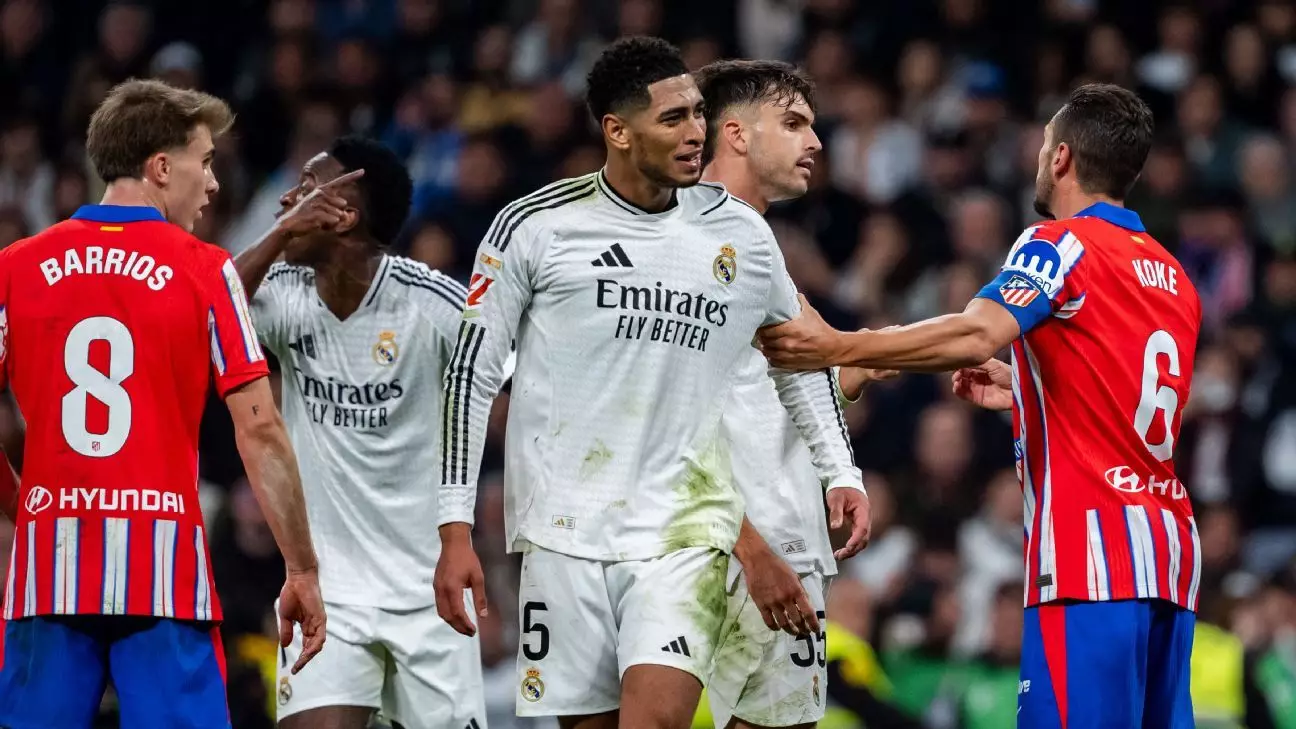The UEFA Champions League has long been a pinnacle of club football, captivating fans with its thrilling matches and high-stakes encounters. The recent changes to the tournament structure, particularly in how the knockout stages are organized, have stirred conversations among football enthusiasts and analysts alike. This article aims to dissect the intricacies of the Champions League round of 16 draw, explaining the implications of seeding, league positions, and match pairings, while also highlighting the excitement this format brings to the competition.
The new format introduced for the Champions League playoffs emphasizes the significance of league positions within the final phase of the group stage. Clubs finishing in the top eight of their groups not only secure automatic qualification to the knockout stages but also enjoy the advantage of playing their second legs at home. This strategic placement can be crucial, as it allows teams the opportunity to capitalize on home advantage when the stakes are highest.
Conversely, the teams that finish between ninth and 24th are relegated to a playoff round, where only half will proceed to the round of 16. This unique transitional phase creates added drama as clubs strive to solidify their standing in one of the most coveted tournaments in the world. The teams ranked from 25th to 36th, however, face elimination, underscoring the ruthless nature of this competition. The differing pathways to the knockout phase add layers of complexity and tension as clubs jostle for important placements.
On February 21, the draw for the round of 16 was held, revealing the matchups and setting the stage for what promises to be an exhilarating encounter. With clubs like Arsenal, Atlético Madrid, and Barcelona locked in the mix, the draw offers multiple storylines and head-to-head rivalries to follow. One notable aspect of the draw is the distribution of seeded teams, which will significantly shape the trajectory of the tournament.
For instance, high-profile intracity clashes like the Madrid derby will not only attract attention from the media but also elevate the competition’s intensity. Teams now face secured paths leading towards possible quarterfinal matchups, a factor that introduces strategic planning both on and off the pitch. With each team aware of potential opponents, they are now compelled to fine-tune their tactics and player rotations to ensure they are equipped for these critical clashes.
The first legs of these matchups are set to unfold on March 4-5, with the second legs following shortly on March 11-12. This schedule allows little time for error, as teams aim to secure favorable results in the initial matches to establish momentum for the decisive second legs.
Undoubtedly, one of the most captivating elements of the knockout format lies in its unpredictability. The seeded group ensures that the top-tier teams—think of the likes of Real Madrid, Barcelona, and Liverpool—do not go head-to-head until the later rounds. This not only keeps fans on the edge of their seats but also raises the stakes in every fixture, as teams can never be too comfortable knowing that matchups are only a round away.
The distribution of potential quarterfinal matchups reveals further insight into the current strength of contenders. Teams like PSG and Liverpool are considered powerhouses, but their paths to the final are no longer guaranteed as they may encounter formidable opponents like Arsenal or Athletico Madrid in the quarterfinals. Moreover, the unexpected positioning of traditionally strong clubs such as Manchester City introduces a layer of unpredictability, as they may clash with top-tier teams earlier than anticipated, changing the narratives of what many predicted would unfold.
As the Champions League progresses into its thrilling knockout stages, fans eagerly await the matches that will shape the football landscape. The new format has not only enhanced the competitiveness of the tournament but has also added an element of strategic depth. The round of 16 draw, with its compelling matchups and high-stakes potential, stands to showcase the best in club football, with teams vying for glory on the grand European stage. With every kick of the ball, the aspirations of clubs and communities will be on the line, and as history shows, in football, anything is possible.

Leave a Reply